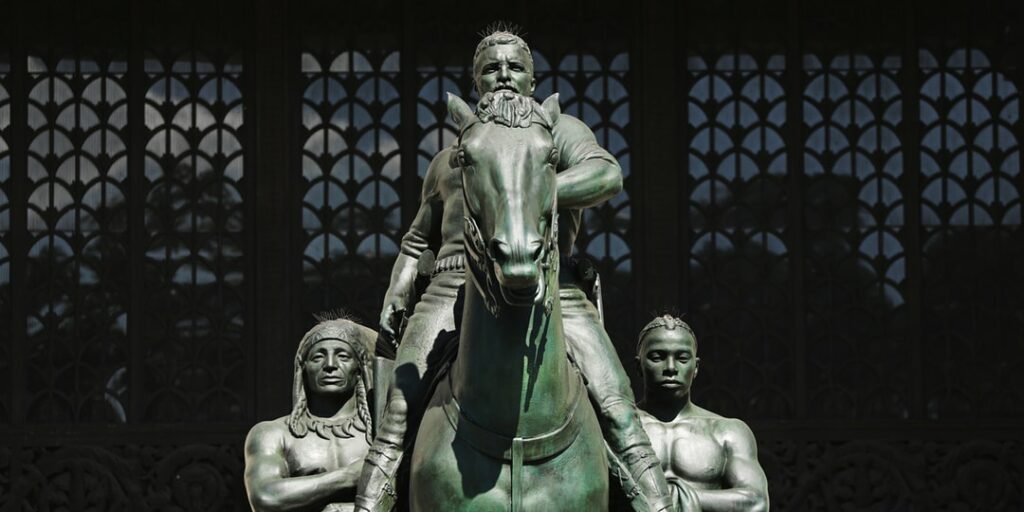U.K. And NYC Officials Propose New Guidelines Regarding Contentious Monuments

How do we remember history that contends with the ideals of the present? This is one of the many issues citizens, historians, and lawmakers face in regards to monuments tied to slavery and colonialism. Since the reckoning that followed the George Floyd murder in 2020, roughly 80 Confederate monuments were either taken down or renamed in the U.S., while a similar number of statues were toppled or reviewed across the pond in the U.K. Lawmakers in both nations have proposed guidelines that will grapple how public works of art are to be dealt with in the future.
Entitled “Retain and Explain”, the British government laid out a toolkit on how custodians can handle monuments that have been called for removal. There is essentially a three-outcome guideline in place — Outcome A will largely close a case if there is no evidence to have a statue removed or renamed. Whereas, in Outcome B, experts will be advised to gather more research surrounding these claims by consulting stakeholders and the community in question. If a public work is deemed “retainable”, added context will be needed to explain its history; while in Outcome C, custodians will be prompted to relocate the work altogether.
“I want all our cultural institutions to resist being driven by any politics or agenda and to use their assets to educate and inform rather than to seek to erase the parts of our history that we are uncomfortable with,” noted the U.K.’s culture secretary Lucy Frazer in a statement.
Across the pond, the New York City council is considering a similar bill that would require custodians to denote “works of art on City property that depict a person who owned enslaved persons or directly benefitted economically from slavery, or who participated in systemic crimes against indigenous peoples or other crimes against humanity,” according to a release by the New York City Council Legislative Research Center.
First reported by Gothamist, a panel which includes Black Lives Matter activist-turned-legislator, Sandra Nurse, seeks to deepen the education around foundational U.S. figures and public artworks, such as those of former presidents George Washington and Thomas Jefferson, both of whom were slave owners. While there is heated debate on both sides, with many conservative leaders lambasting the proposed bill as “an attempt by the radical left to rewrite our nation’s history,” Nurse and her contemporaries hope this initiative can provide a model where education can replace total erasure.
Elsewhere, we spoke with Ppuri to learn how she blurs the lines between physical and digital realms in the latest Hypeart Visits.
Source: Read Full Article